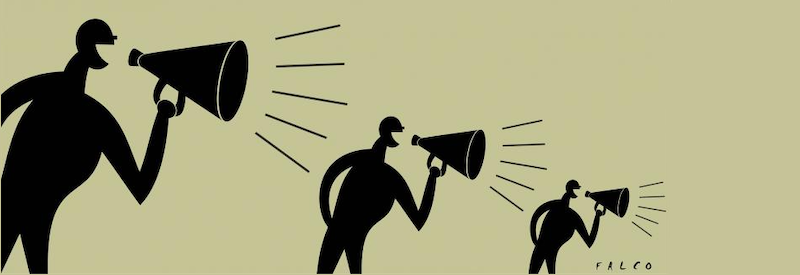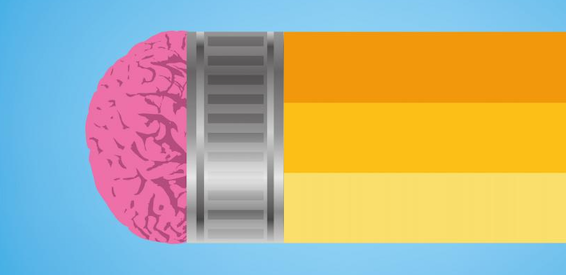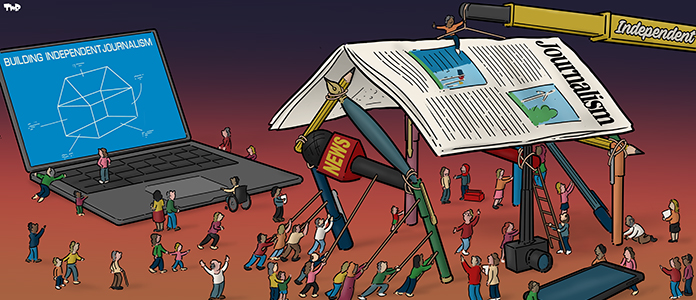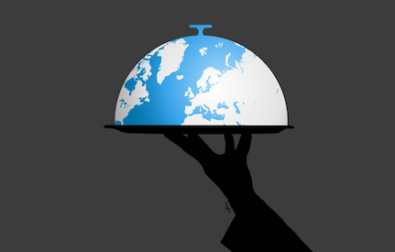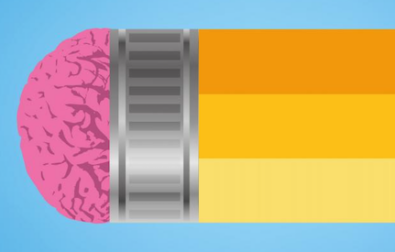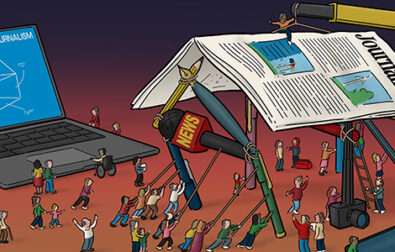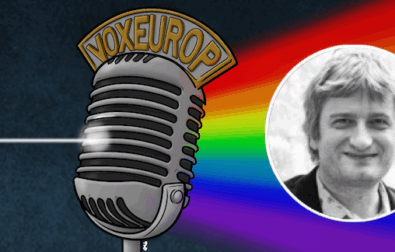As of September 2023 Ukraine had 4,965,000 internal refugees, according to government estimates. These are Ukrainians who have lost their homes, property, jobs, and the familiarity of their everyday lives. For a country at war, the displacement of more than 10% of its population is a challenge that requires innovative solutions.
Since February 2022, the mining town of Myrnohrad in eastern Ukraine has become a hub for thousands of refugees from Avdiivka, Bakhmut, Mariupol, Ocheretyno, Kurakhove, Chasovyi Yar, Keramik and Kurdyumivka. More than 1,500 refugees from the front line are currently [December 2023] staying in the town, alongside local residents already displaced by bombardments. All of them need shelter and support.
Myrnohrad itself continues to be shelled and its infrastructure ravaged. There is often no electricity, internet or cellular connection, and for months there has been no mains water supply. How is the city coping with such misfortune?
A new home
"You know, rescuers teach people to lie down or run for cover during shelling. In reality, it doesn't work like that. At the moment of shelling, your whole body goes limp." So says 69-year-old pensioner Vitaliy Koshovyi, recalling his life in Avdiivka. Like hundreds of other residents of that city in eastern Ukraine, he chose to move to Myrnohrad as a temporary refuge.

The war deprived Vitaliy of his home, his security, and the company of his loved ones. To escape the relentless shelling, his family fled abroad. Vitaliy himself tried to save his home and property to the last. He looked after his own house and those of 13 other neighbours who had left the city, until they were all destroyed.
During this time, Vitaliy witnessed numerous deaths among his friends and acquaintances: "We were hit by cluster shells and phosphorus bombs. One time, I was caught in the street by such shelling. One passer-by ran forward, the other backwards: the first one was hit in the leg, the other in the back. I survived."
When Vitaliy realised that the only thing he could save from Avdiivka was his own life, he left for Myrnohrad.
"I had repeatedly heard that the local people here, and also the authorities and the volunteers, were friendly to internal refugees", he explains.
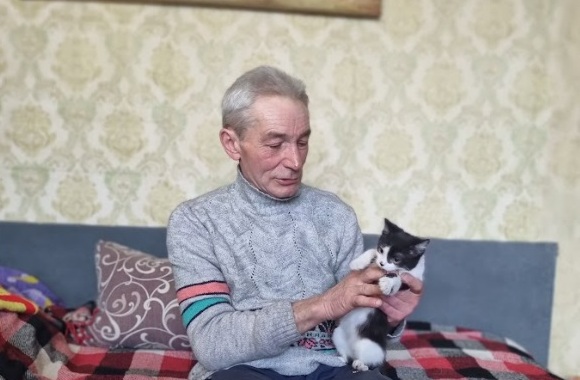
In his new home, Vitaliy applied for accommodation through the Myrnohrad IDP [internally displaced persons] reception centre. They found him an empty house and provided him with basic necessities. The only thing he brought with him from Avdiivka was his beloved cat. The local social-security office provided him, as an IDP, with cash payments and coal to heat his house.
A comprehensive package
Mid-December, there were more than 1,500 IDPs like Vitaliy in Myrnohrad. When people began to arrive in large numbers, the local community recognised the need to properly integrate the refugees. Volunteers and activists quickly found solutions. Initiatives such as the Shelter smartphone app helped to connect those in need of free housing with those who could provide it and were willing to do so.
Some arrivals wanted not just shelter but to settle down more permanently. They too have been helped.
Myrnohrad has found its own recipe for providing quick and effective assistance to IDPs. The reasons why people chose to come to this city vary. But there is no doubt that a key role was played by the excellent communication between Myrnohrad’s grassroots coordination committee and the town’s municipal officials, social services and volunteers.
Vyacheslav Syrota, chairman of the coordination committee, says that the events of 24 February 2022 were surreal to him. For some time, his mind refused to believe the full horrors of the events. The refugees who started coming to Myrnohrad in their hundreds helped him to gather his strength and focus.
"Neighbouring towns had no idea how to organise IDP reception centres," he says, "but we had the experience of 2014. Back then, at the beginning of the war in eastern Ukraine, we helped refugees for two years. This hard experience has come in handy now after the full-scale invasion."
But the picture of February 2022 was significantly different from 2014. The numbers of refugees was far larger, their psychological state was worse, and they had to deal with harder logistical issues in getting to Dnipro, Lviv, or Myrnohrad.
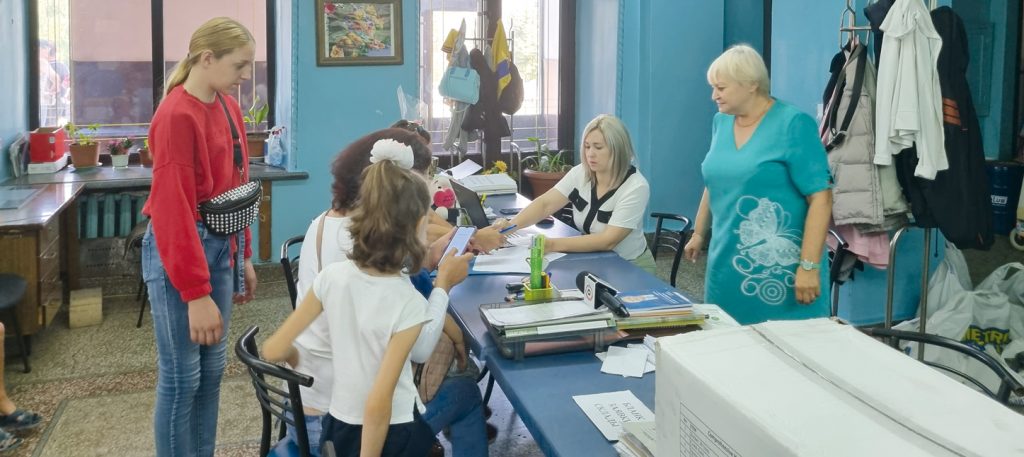
"The people evacuated from the bombing were often in shock", recalls Vyacheslav Syrota. "After sitting in a basement for a week without food and water, in dirty clothes, now they had to adapt to a new reality. It was nothing like the prosperous lives they were used to. And they often had no documents, no property, and only a handful of change in their pockets."
These people had to be helped in some way. This meant receiving them, registering them, providing first aid, hospitalisation or medicines if necessary. And all of this virtually overnight.
Next, they needed to be accommodated, fed, clothed, advised, given the opportunity to live in Myrnohrad or evacuate further to one of the two available destinations.
The town's residents stepped up to the challenge. Myrnohrad residents quickly grasped the huge number of newly arrived people who needed support. They came to volunteer at the centre.
The head of the reception centre hints at their motivations: "By helping the IDPs, the citizens of Myrnohrad were not only doing a good deed, but also fighting their own fears about how to escape the war. After all, when you do a good deed to help others, you gain an element of control over your situation, even when you are in a state of constant uncertainty."
The recipe for welcoming refugees
There are many components in Myrnohrad's refugee-reception recipe: well-organised transport logistics; a team working around the clock to receive people with hot food and drinks; psychologists and doctors on hand to deal with first aid and hospitalisation; a system to quickly register arrivals and house them; provision of clothing and hygiene products; help in restoring lost documents; a hotline to find missing relatives; and assistance in restoring social benefits and pensions.
Vyacheslav Syrota, the coordination chief, describes how it looks in practice: "For example, 80 people from a frontline village come to our city at night. We meet them, and each of them must register. We have the hotline up and running. Anyone who is looking for someone can call it. We give them sandwiches and hot tea, and take the wounded to hospital. Volunteer psychologists play with the children. After registration, we determine their place of temporary lodging. Then they are provided with transport again, and taken to the kindergartens and schools that have been temporarily converted into shelters."
As soon as they have lodgings, it is for the refugees to decide what comes next. Some want to stay and wait it out, others prefer to move on.
Tatyana Sytnyk, deputy head of the Myrnohrad military administration, notes that the war has radically changed people's attitudes to many matters
"It seems to me that the war has united us all”, she says. “There is not a single indifferent person in the city. Of course, those who are in constant contact with IDPs are physically tired. But this fatigue is nothing compared to the experiences of people who come from destroyed cities. That's why we try to be very attentive and hospitable."
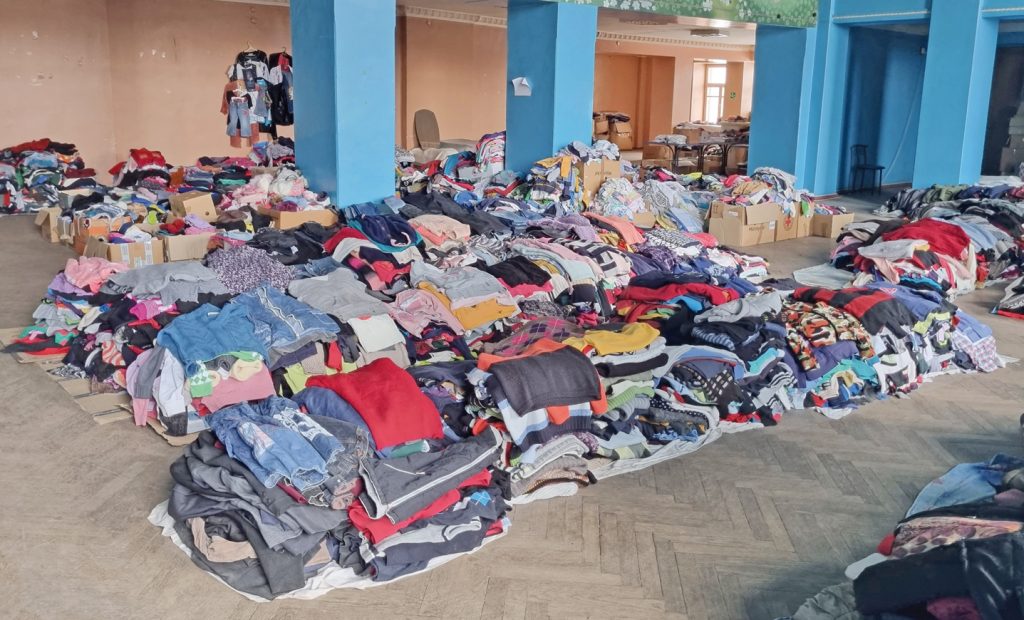
Over the year since the centre started operating, more than 95,000 humanitarian kits have been distributed to IDPs and to local residents who declined to leave the city.
Behind every such statistic there is a person's life. Vitaliy Koshovyi is one such person. He has been living in Myrnohrad for a year now. He realises that his decision to leave his native Avdiivka last year saved his life.
"I left Avdiivka on 9 October 2022. A few days after I left, 10 people were killed in our market by shelling. I could have been among them," says Vitaliy, with sadness in his eyes.
Today, he dreams only of an end to the war. For him, this would mean that his wife, daughter and grandson could return to Ukraine.
"The war has radically changed my attitude to many things," says Vitaliy. "I have realised that I need to live today and value life over property. I am trying to enjoy my new home and hope that my family will soon be able to settle here in Myrnohrad as well, and in a city truly at peace."
This article was published in partnership with the National Union of Journalists of Ukraine, within the Voices of Ukraine project by the European Centre for Press and Media Freedom and the German foreign ministry.
Do you like our work?
Help multilingual European journalism to thrive, without ads or paywalls. Your one-off or regular support will keep our newsroom independent. Thank you!




